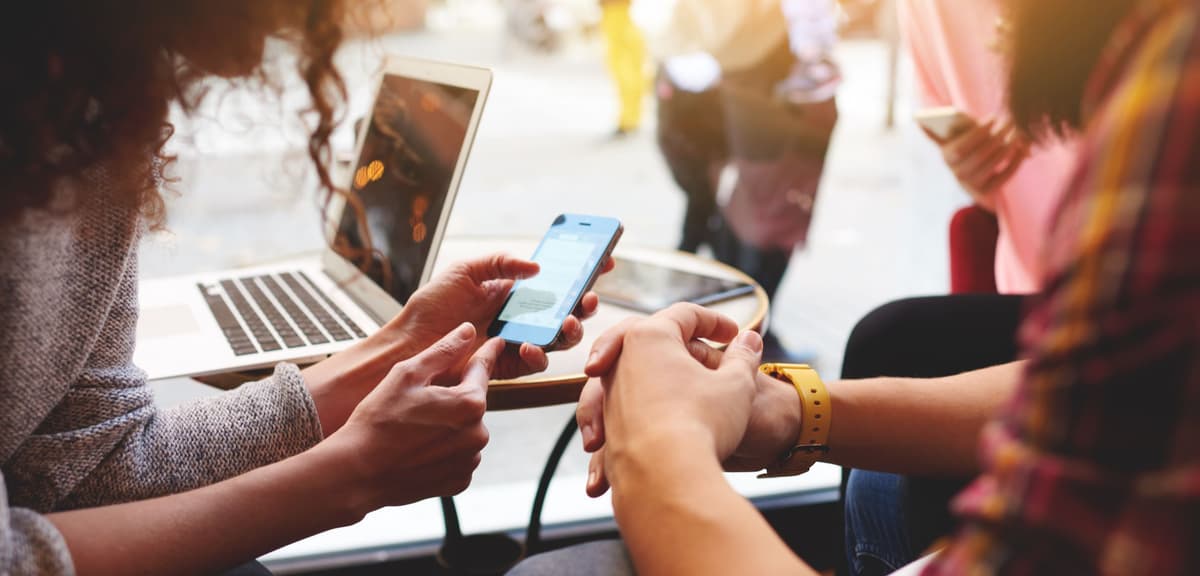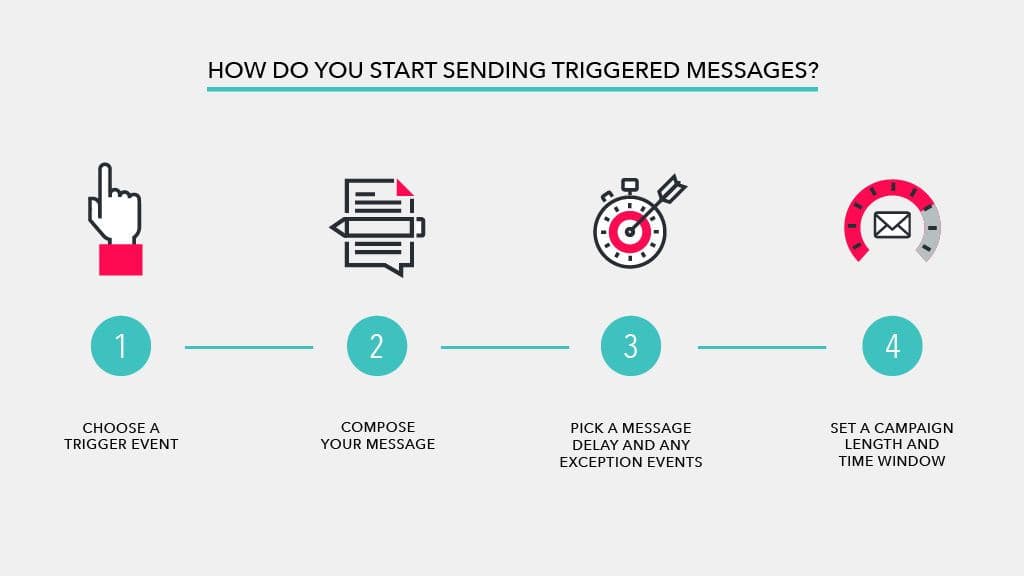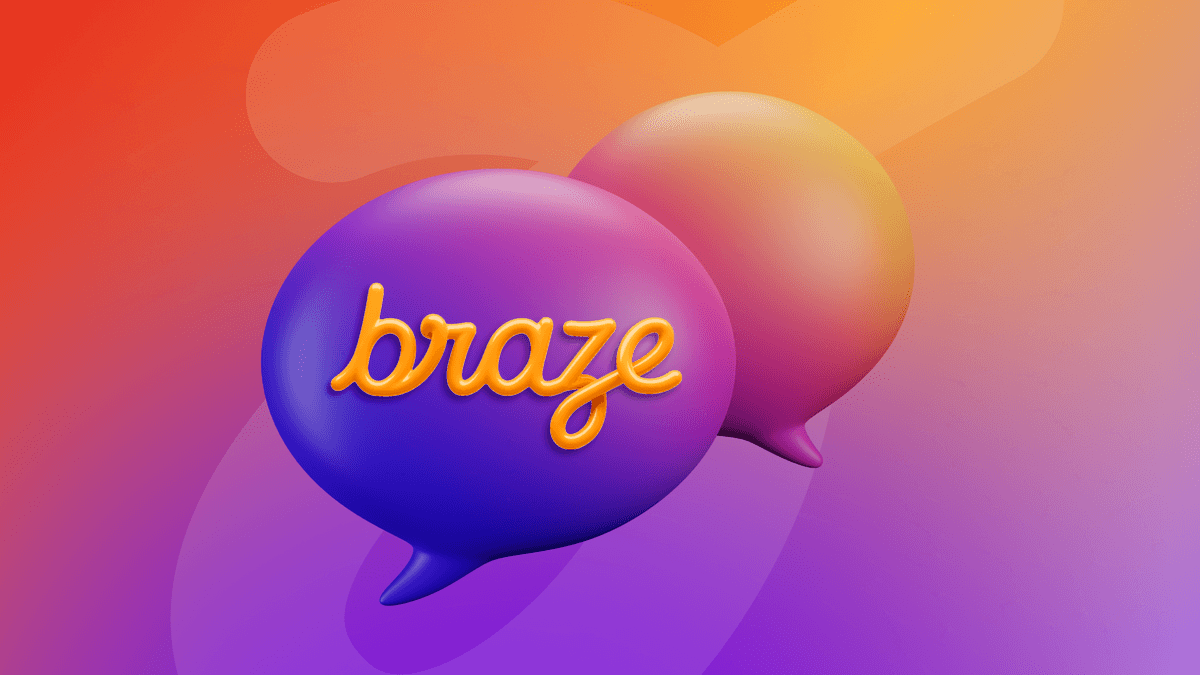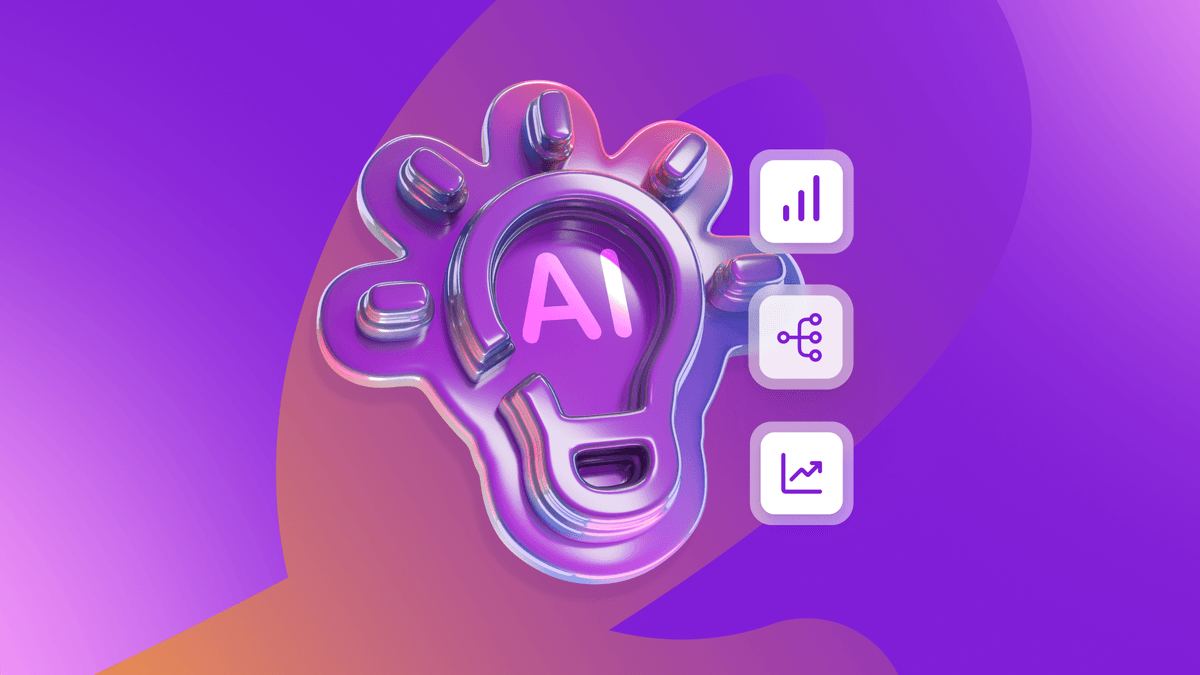Triggered Messages: 4 Steps to Uber-Specific Customer Experiences
Published on July 05, 2016/Last edited on July 05, 2016/7 min read


Todd Grennan
Content Production Principal, Content Marketing at BrazeEvery customer is unique. They have their own history, their own interests and habits and behaviors, their individual ways of seeing the world. And that means that each one is going to have their own unique customer journey with your brand.
There was a time when brand/customer relationships were built on face-to-face engagement between merchants and their customers, making it possible to adjust future interactions based on that customer’s individual preferences, past purchases, and what they were looking for from a business. The rise of mobile has made that kind of individually customized, one-on-one customer experience possible again—and on a massive, global scale. And one of the most important tools for marketers looking to provide that sort of experience is triggered messaging.
What is triggered messaging?
A triggered message is a piece of outreach (such as a push notification, in-app message, or email) that is sent to a customer only when that individual carries out a preselected action—for instance, opening your brand’s app, or making a purchase. When used in a thoughtful way, triggered messaging allows marketers to create a responsive messaging experience that fits the outreach that each customer receives to their individual actions and progress along their user journey.
Why should marketers take advantage of triggered messages?
Great messaging is relevant to the people receiving it and adds real value by speaking to their individual concerns, interests, and behavior—and that’s what triggered messaging is built to do. For instance, instead of hitting your audience with blast promotional messages, you can trigger messages when customers browse a particular product category, ensuring that the outreach is related to their actual interests and behavior.
Not every message you send will be triggered, but taking advantage of this tool will make your outreach more responsive to customer behavior and increase the chances that recipients find your messaging relevant and valuable. That improves the customer experience as a whole, setting the stage for deeper user engagement, more frequent conversions, and stronger retention over the long haul.
How do you start sending triggered messages?
To start with, you need marketing software that supports event-based triggering. For most brands, that means taking advantage of capabilities built into their marketing automation platform. (In Appboy’s platform, for instance, those capabilities are known as Action-Based Delivery.) If you already have a marketing platform with that feature, you’ll need to:

1. Choose a trigger event
Something has to happen for a triggered message to be sent. That means that marketers need to choose a customer-related event to serve as the trigger for each triggered message campaign that they create.
A trigger event can be a customer opening your app or visiting your website; adding an item to a shopping cart, then ending their session without making a purchase; interacting with (or ignoring) a previous message you sent; going to a pre-selected location; or completing any action that you’ve designated as a custom event. It’s also possible to get more nuanced: for instance, a brand could trigger a email in response to an abandoned shopping cart that only sends if the value of the items in the cart were more than $100.
This kind of triggering is only possible if your brand is doing a good job collecting customer data. Without detailed information on how members of your audience are engaging with your app and website, you’ll miss out on opportunities to send responsive messaging and potentially get an incomplete picture of what your customers’ interests really are. If a customer browses jeans on your app, for instance, but makes the final purchase on your website, you need to be collecting customer data on both platforms (and have user profiles that can act on information from both sources) to understand the full picture.
2. Compose your message
To get the most out of triggered messaging, make sure that the message that you’re planning to trigger is directly relevant to the action that your recipients have taken. If the trigger is a customer entering a location near one of your brand’s brick and mortar stores, for example, a message highlighting a sale in that store adds value in ways that one encouraging them to take advantage of a promotion on your app doesn’t. Additionally, consider bolstering the relevancy and value of your triggered messages by using personalization to send outreach that’s more likely to speak to each recipient as an individual.
3. Pick a message delay and identify any exception events
When you send a message, there should always be a goal behind it. Maybe you’re looking to convince the recipients to make a purchase, or to return your website, or to recommend your mobile app to their friends and family. But sometimes a recipient carries out the action you’re looking to encourage before receiving the message that’s supposed to nudge them to do it. That can be annoying—imagine getting an email encouraging you to buy an item that you’ve just finished buying—and creates the impression that a brand doesn’t really understand their audience or their needs.
To avoid that, it’s smart to build a delay into your triggered messages and to take advantage of exception events. By sending that abandoned cart message 30 minutes after a user closes your app, for instance, instead of instantly, you can allow for customers who would have come back on their own to do so, while still engaging customers who might need a nudge. Exception events, on the other hand, prevent campaigns from being sent to customers who subsequently carry out a desired event (such as making a purchase after apparently abandoning their cart), ensuring that triggered messages are only received by customers who have yet to carry out the action your outreach is intended to encourage.
4. Set a campaign length and time window
If you’re setting up a trigger campaign that uses in-app messaging to walk new customers through your onboarding process at the start of their first app session, it may make sense to continue that campaign indefinitely. But some campaigns—promotional outreach, for instance, or other time-sensitive messaging—will have a natural lifespan, making it important to select a start and end time. Additionally, if your campaign includes push notifications or other attention-getting message types, it may be wise to set a specific window of time (like between 9:00 a.m. and 9:00 p.m. in each recipient’s time zone) when messages can be triggered; otherwise, you run the risk of waking up or otherwise irritating someone with your triggered outreach.
Is it possible to create too many triggered messages?
Yes and no. Creating a genuinely responsive customer engagement strategy means using triggered messaging in a comprehensive manner, allowing your brand to automatically reach out to customers to encourage deeper engagement and higher conversions whenever a customer’s behavior indicates that the time is ripe for this sort of messaging. That means building up an array of triggered messaging campaigns that correspond to different user journeys, with the goal of providing a better user experience and building a strong, sustainable relationship with your customers.
That being said, it’s quite possible to overwhelm your customers with messages. And that can have major negative consequences on your brand’s customer retention rate—in fact, 78% of consumers will opt out of push notifications or uninstall an app if they receive messages that they’re unhappy with.
To avoid that, you could just create fewer triggered messages; but that would mean losing out on all the value that they can provide. Instead, take advantage of frequency capping to limit how many messages your customers receive from you in a given day or week, while retaining the ability to reach them with high-importance outreach when necessary.
Related Tags
Be Absolutely Engaging.™
Sign up for regular updates from Braze.
Related Content
View the Blog
How behavioral marketing turns data into personalized experiences

Team Braze

SMS vs. MMS vs. RCS: Choosing the right messaging channel for modern engagement

Team Braze

Enterprise generative AI: Transforming data, decisions, and customer experiences
